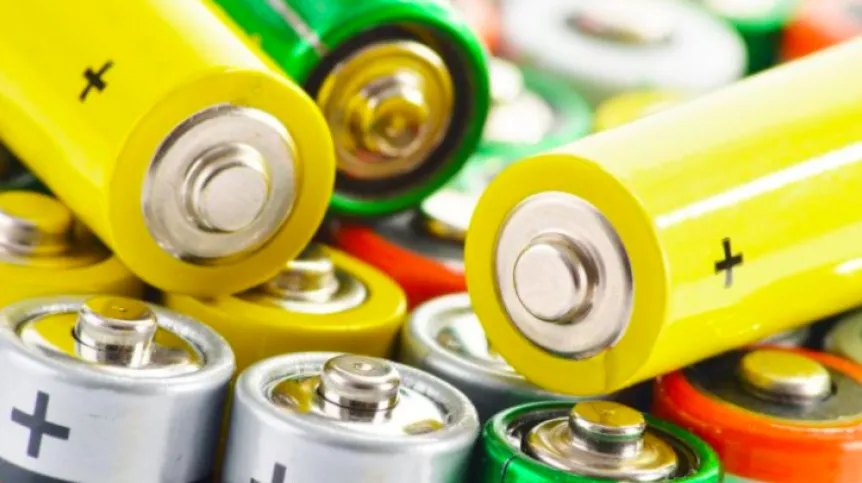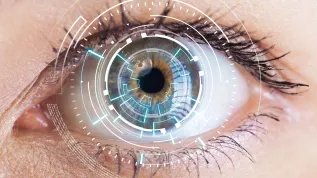
Phone battery that charges in 2-3 minutes or a device that can be used to store energy from renewable sources - these visions could soon become reality thanks to the work of Dr. Monika Wilamowska-Zawłocka from Gdańsk University of Technology.
How much easier would your life be with a rapid-charging phone battery? Or a device that stores large amounts of energy in an electric car? Or maybe more generally - with the possibility of longer storage of electricity from renewable sources?
Especially the latter vision is important for Dr. Monika Wilamowska-Zawłocka from Gdańsk University of Technology.
"There`s talk about the need to switch to renewable energy sources, but we also know that these sources are unstable, dependent on the weather" - notes Dr Wilamowska-Zawłocka in an interview with PAP. "Meanwhile, we have to supply energy when it`s needed, not just when the wind is blowing or the sun is shining. So if we want to rely on energy from renewable sources, we need energy storage devices that will store it fast and effectively".
But how to achieve this? The solution could be so-called hybrid devices that the Gdańsk researcher plans to create thanks to the grant from the RETURNS competition of the Foundation for Polish Science. Her hybrid device will combine the properties of two types of devices currently used for energy storage: batteries and supercapacitors.
"A good analogy of battery operation is a marathon: a battery works for a long time, it has a lot of energy, but releases it slowly, over a long period" - said Dr. Wilamowska-Zawłocka. "A supercapacitor is like a 100-meter sprint: high speed in a very short time, which means high power, but a small amount of energy".
The researcher plans to combine electrodes from batteries and from supercapacitors. "This will result in a device with a higher energy density than in supercapacitors, and at the same time with a higher power than batteries" - she emphasises.
"Working on the energy market challenges is, to a large extent, working on new materials for making electrodes" - says Dr. Wilamowska-Zawłocka. Electrode consists of two parts: current collector made of, for example, copper or aluminium foil, and the electrode material that is applied on the collector.
"The structure and chemical composition of the electrode material are very important, because they determine its properties" - the researcher emphasises. When we are charging a mobile phone, electricity is converted into chemical energy as a result of chemical reactions that take place inside the battery. When the phone is disconnected from the charger, reverse reactions take place and we receive electricity from the accumulated chemical energy.
Dr Wilamowska-Zawłocka explains that for scientists the biggest problem is to maintain the stability of materials throughout their life cycle - in other words, repeated charging and discharging. "The point is that batteries should retain as much energy as possible for as long as possible. Ideally, we would like to achieve less than 10-20% drop in energy after 500 or 1000 charging and discharging cycles" - the researcher says.
As an example of expectations of devices for automotive applications, the researcher names the requirements of competitions (https://chargedevs.com/newswire/doe-to-award-up-to-15-million-for-extreme-fast-charging/) announced by the U.S. Department of Energy.
"Batteries are characterized by the fact that their life cycle is quite short" - she adds. In turn, in supercapacitors the typical chemical reaction does not occur; the charge is collected only through the physical process on the surface of the material. Thanks to this, the life cycle of supercapacitors is much longer - the charging process can be repeated many thousands of times. Unfortunately, the price for this is the lack of capability to accumulate a large amount of energy.
"I want to obtain electrode materials, in which this reaction will take place, but it will be reversible through many cycles of charging and discharging" - concludes the researcher.
PAP - Science in Poland
author: Katarzyna Florencka
kflo/ ekr/ kap/
tr. RL













